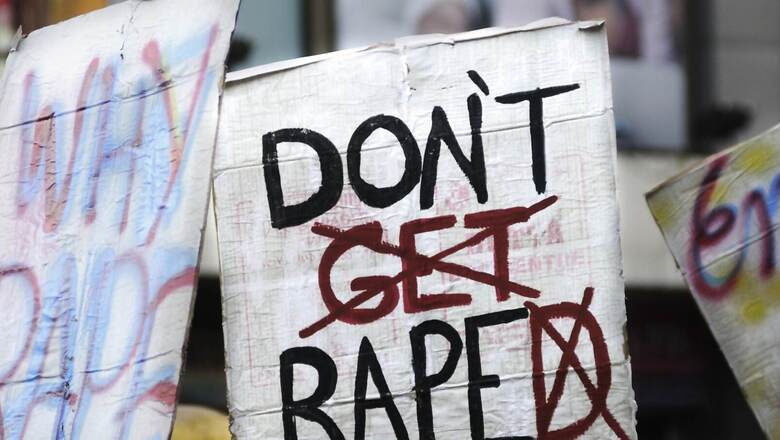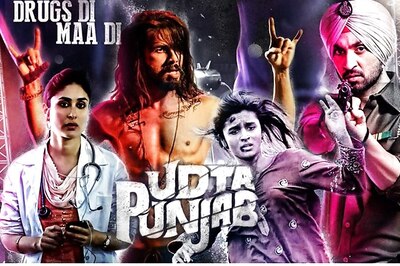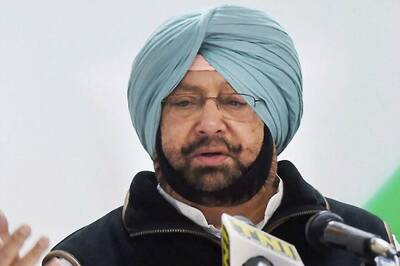
views
A recent publication titled, ‘Sexual Violence and the News Media: Issues, Challenges and Guidelines for Journalists in India’ sheds light on the problematic state of reporting sexual violence by the Indian media and suggests steps for editorial gatekeeping and redressal mechanism for better coverage of such news.
Deep Dive
The study states that Indian media tends to excessively focus on ‘unusual cases’ involving extreme violence and brutality or attack by strangers, which paints a ‘misleading picture of how sexual violence usually manifests in India.’ It states that according to 20.6% respondents of the study, the governing factor that nudges journalists to cover a sexual violence incident generally is the ‘profile’ of the victim or perpetrator.
Response by police or authority is the second important factor (16.7%), followed by ‘gravity’ of the crime (14%) for journalists to pick up a rape or sexual violence case for coverage.
Newspapers generally report rapes in urban areas (49%), while the incidents in rural India often fall through the cracks. Only 22% of incidents are reported from rural locations. The majority of rape and sexual violence reports lack context and are ‘spot’ news reports that talk about the details of the attack. Although victim-blaming is seen in only 2.2% of cases, it is rare to provide a voice (direct or otherwise) to the victim in the news reports.
The study found that only 19.5% of respondents used the term ‘rape’ in their reporting. Most (51%) used euphemisms instead. In addition, the majority of journalists (78%) said they felt responsible for effecting change in relation to sexual violence. However, below 7% of such stories focused on solutions.
The Study Methodology
The study was conducted by doing a comparative analysis of the contents of 10 Indian newspapers published in six different languages. It also employed qualitative analysis methods like semi-structured interviews with 257 journalists who work across 14 languages and represent print, radio, and online media.
Call For Editorial Gatekeeping
The study recommends ways to remedy the current situation and calls for stricter and well-defined editorial guidelines for reporting rape or sexual violence.
On a national level, it recommends that Journalism associations and news industry leaders establish a national charter that promotes news organizations’ accountability and commitment to sensitive reporting.
It is not only essential to train journalists and give them proper guidelines and processes related to the coverage of sexual violence but also to take care of their mental health. Journalists reporting on rape or sexual violence often suffer from distress or PTSD, so there is a need to establish peer-support networks for journalists experiencing such trauma.
On an organizational level, the study points out that there should be an agreement on an institutional approach to the use of language associated with rape and sexual violence, which can be incorporated into organizational style guides, and should cater to the regional context and vernacular languages the news outlet(s) use.
Editorial and reporting guidelines on sexual violence should be integrated into everyday news work. However, what most newsrooms in India also need is routine fact-checking and verification of FIRs and other official sources so that there is no misreporting on such sensitive issues. Therefore, there should always be an emphasis on corroborating reports with multiple sources and diversifying the sources consulted concerning rape and sexual violence.
Reporters who go on the field to report on such cases often face safety issues, so they should be equipped with self-defence accessories when reporting from the field and have completed appropriate personal safety training.
Every organization should show initiative and commitment towards reporting on rape and sexual violence irrespective of the ‘newsworthiness’ of the story. They should also incorporate editorial and advertising content guidelines and not agree to advertisements that endorse negative gender stereotypes and portray sexual violence.
Every organization should have policies and programmes targeting rape and sexual violence reduction. This would act as a preventative measure and inspire journalists to advocate social change on the issue.
Read all the Latest News, Breaking News and Coronavirus News here.




















Comments
0 comment